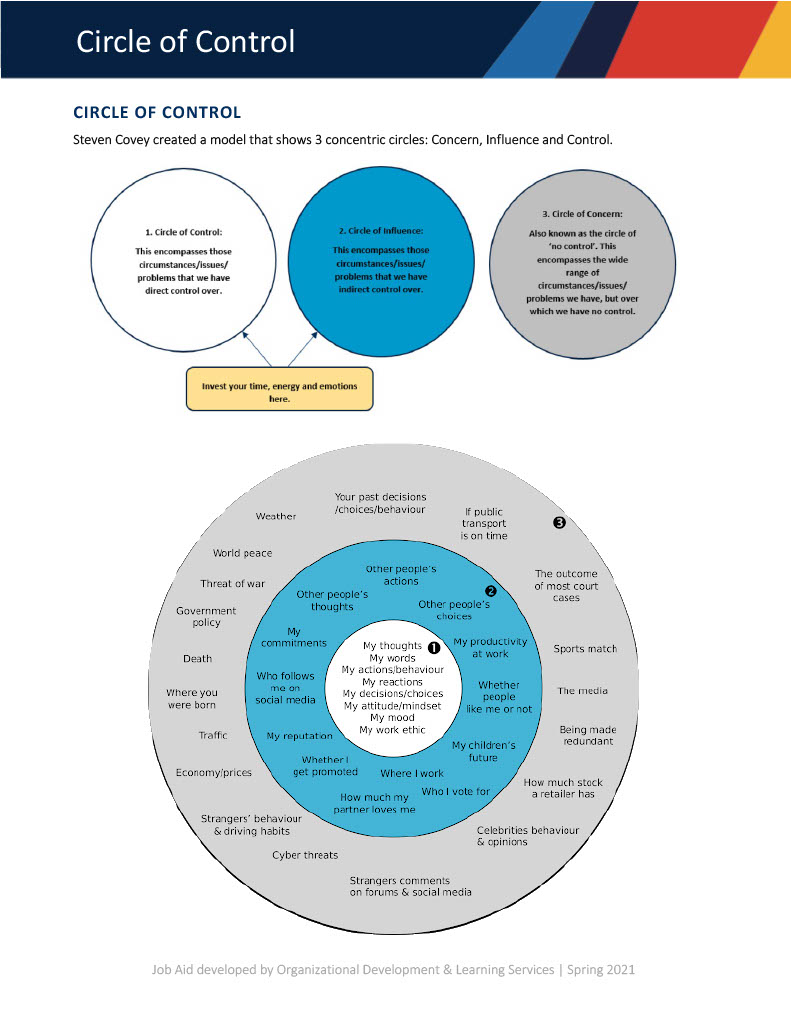Both Jonah Hill and the term “therapy speak” went viral last week after Hill’s ex-girlfriend Sarah Brady released screenshots of texts they exchanged.
For many of us, the fight was fascinating, a little funny, and uncomfortably familiar. As a couples therapist, a lot of what was communicated between Brady and Hill felt very similar to a typical session I might see. I think there is a lot we can learn from this vignette on how to communicate with more vulnerability, intimacy, and care in our own relationships.
Reconsider Fexting
My first reaction to reading the Brady-Hill text exchange was, “He is so close to setting an effective boundary, but is getting it so wrong.” It also stood out to me how this is clearly someone (and excuse the therapy speak) who is actively TRIGGERED.
While I’m certainly not claiming to be Team Jonah, I do think we have to be careful not to interpret texts out of context. It is possible that in the coming weeks, we will get more information about Hill’s behaviour in the relationship, and we may very well learn he acted in an abusive manner. I think how Hill responds to the backlash will say more about his character than the poorly communicated boundaries; and whether or not he shows a willingness to take accountability and deepen his understanding of where he went wrong. At this point, I think what we can do is look at how the now infamous “surfing with men” text was a big ol’ flop of communication.
This Brady-Hill scenario typifies the phenomenon of “fexting”—a term recently coined by First Lady Jill Biden who shared that she and her husband prefer to fight over text to keep privacy in front of the secret service. I think there can be a benefit to working through a disagreement over text if it is with the intention of wanting more time to process and reflect on your words, but if it is being used as a platform to word vomit frustration out of reactivity, it is best to put your phone away.
In my couples therapy practice, it is very common that early attempts at boundary setting look a lot like Jonah’s text. It can also happen when we try to communicate while feeling emotionally flooded at the same time. I work with my clients to build the skill of pausing in a conversation and resuming when they are in a calmer state of mind. I don’t think this is a skill that comes naturally, and I think all of us can benefit from practicing regulating our nervous system before taking on challenging conversations. Sometimes, we make a very terrible first draft when we are trying to figure out what needs and limits we are trying to communicate. This doesn’t mean we won’t improve and should stop trying.
What is control?
Much has been posted about how these messages between Hill and Brady are examples of controlling behavior.I think what is being discussed about the texts will be helpful to many in identifying some of the sneaky ways control can be implemented in relationships. It can sometimes be easier to spot manipulation from the outside than inside a relationship. If witnessing this story hashighlighted an abusive dynamic in your own relationship, I suggest reaching out for support through therapy or a sexual violence support centre.
Control can show up in many forms in relationships and happens on a spectrum that is cringeworthy at best, and abusive at worst. It is a mechanism that is employed at various levels to cope with uncertainty in others as well as ourselves. The creator of Relational Life Therapy, Terry Real talks about how controlling a partner is a stance of demand rather than request. It is trying to make your partner listen, be kinder, or do what you say. We can implement control directly by telling someone what to do or punishing them, or indirectly by acting inauthentically through people pleasing to try and manipulate others’ perception of you.
It is a huge barrier to building intimate relationships, and it is a wasted effort because, in reality, we cannot control anyone but ourselves. We are responsible for things like our reactions, our behaviours, and our tone of voice.
How to set better boundaries
The opposite of control is negotiation. The way to set boundaries without controlling your partner is to focus on what is within your bubble of control.

It likely would have been more effective if Hill had stayed within his bubble, speaking to his feelings and needs rather than telling Sarah what to do. He could have said, “When you go surfing with men, I feel insecure. What would be helpful for me is if we could work together so that I feel more trust in our relationship.” From there, they could get into the negotiation process of talking through tangible behaviours that could help build trust. For example, Hill could ask for reassurance of their bond, to spend time with her guy friends, or he could ask for clarification on what those relationships mean to her. For this to be a negotiation, it would need to mean that Brady is free to say no or offer an alternative suggestion, because requests are not demands.
This process in therapy can often feel like a messy brainstorming session. Over time, the difference between making a request rather than a demand becomes clearer for those who are committed to healthier communication.
What’s the problem with therapy speak
When people label Hill’s behavior as “therapy speak”, what exactly are they getting at? To me, it’s the text equivalent looking down your nose while holding a copy of psychology today.
Relationship therapist virtuoso Esther Perel spoke to Vanity Fair recently about how misusing therapy speak—which she notes is not a new concept—in the past would have been called “psychobabble.” Perel identifies how there is a paradox that goes along with the surge in acceptance and popularity of therapy. We have a wonderful increase in people doing the work to become more self-aware and heal. At the same time, people can become too absorbed in their own healing process without taking into account their community.
I believe we can fall into the trap of using “therapy speak” to talk down to others if we are clinging to an image of ourselves as being “healed” or more evolved than others because of money or time spent in therapy. Healing isn’t a destination we arrive at, it is an ongoing, lifelong process of practicing self-awareness and vulnerable communication in connection with others.
If we think personal growth has a finish line, we can fall into the trap of showing up in grandiosity, self-centeredness, and controlling towards others. We can also over-focus on the concept of “self care” at the expense of the people around us.
Control vs. Connection
Healthy relationships are like a great dance partnership. There needs to be care in each dancer’s wellbeing, but there is also the relationship dimension, where the dance itself needs to be cared for. If one dancer was only to focus on their own steps, without investment in the other, it would be a disjointed mess.
I see this text exchange as an instance where Hill took the better-than route. I see this dynamic all of the time in my work with couples. As humans, we are constantly floating to places of feeling better than others (grandiosity), and dropping into worse than others (shame). It takes intentionality to catch these instances to practice coming back to a place of healthy self-esteem.
We all have moments where we are guilty of this, it can feel safer to stay in a bubble of psychobabble than to actually dip down into the feeling, to share a need and make a request. We opt for control rather than connection.
A massive benefit of the accessibility of mental health resources through social media is that more people than ever before have access to information that can help them better understand their experiences, feel less shame, and learn of avenues to get the help they need. The downside is that, as Perel stated, “it put clinical terminology into the hands of non clinically trained people who then weaponize it. There’s a reason we go to school for umpteen years and continue to be trained until we drop dead, because we still don’t know it all. It’s very important to show that therapy is a highly relational, nuanced, and contextual conversation. That is very different from what you get on TikTok or IG or your friends in armchairs.”
I believe we therapists are also susceptible to falling into therapy speak traps. It takes work to be vulnerable through engaging with our clients from a place of equal worth. It can be tempting to fall into therapy jargon (even subconsciously) because it’s less vulnerable. We can hide behind books on the shelf or certificates on the wall. Engaging in anti-oppressive therapy where you are aware of your social positioning and privileges is a moment to moment and career-long practice.
Where do we go from here?
My worry about the discourse around the Hill-Brady situation is that if we shame someone for their (albeit failed) attempt at setting boundaries, we don’t leave room for relationship repair—a key component of strong relationships. If we get caught up in who is right and who is wrong in this interaction, we won’t learn how to do better in the future so that we can grow.
My hope is that we can make space to fumble our way through to more compassionate communication. And, we might just be able to find a way to help one partner feel more secure in a relationship and for the other person to maintain friendships from their wild and recent past… beyond getting a lunch or coffee or something respectful.




